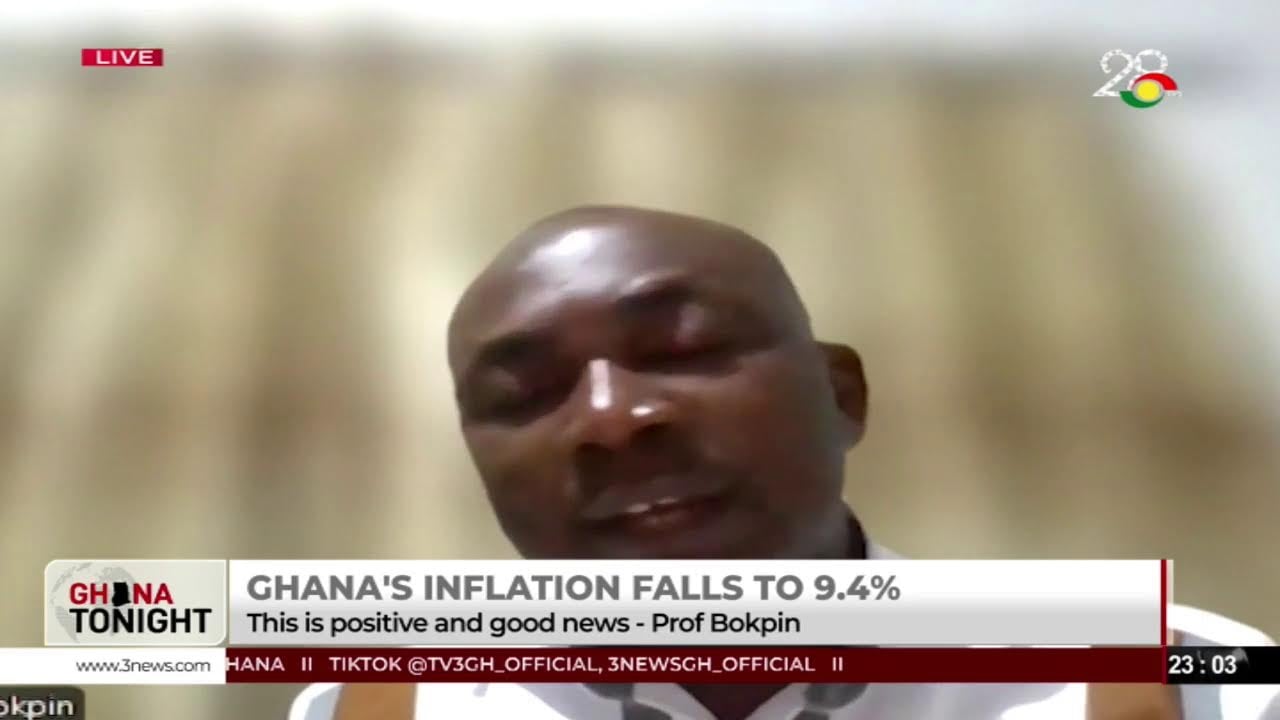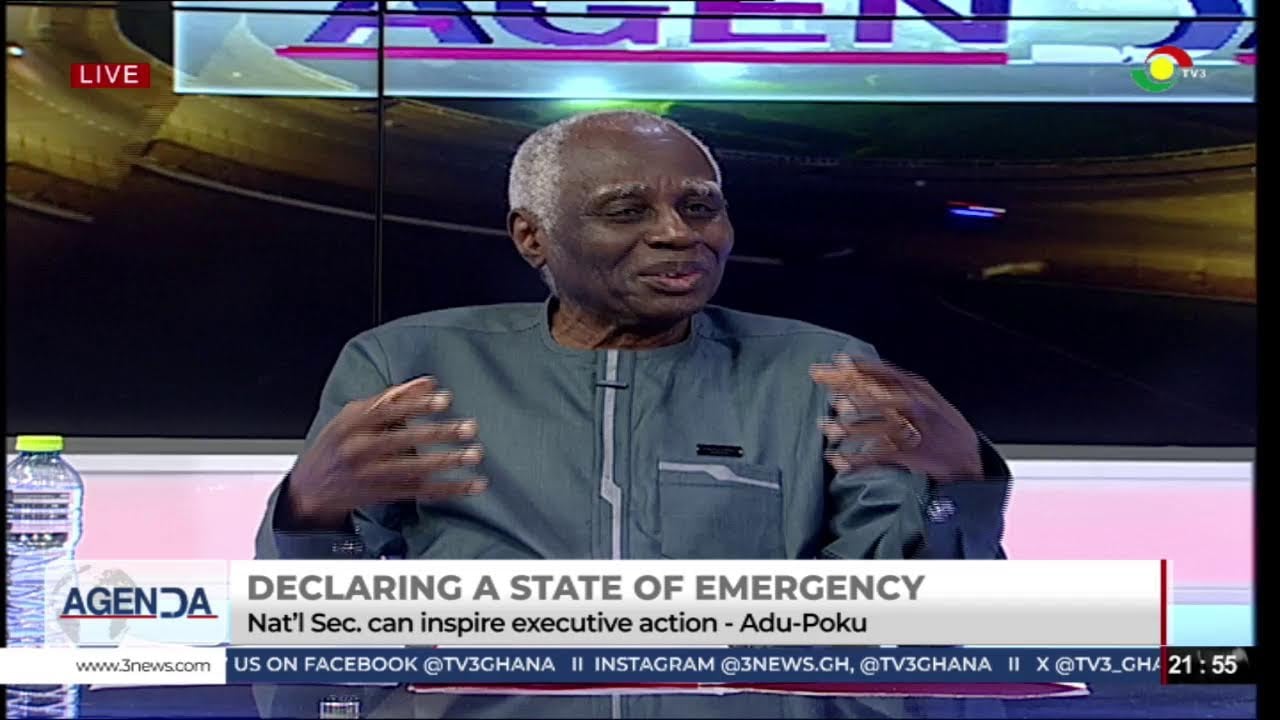
By Fiifi NETTEY
In many urban centers across the country, a troubling and increasingly dangerous trend has emerged. Deliberately or not, pedestrians choose to walk on roads meant for vehicles rather than on pavements specifically designed for their safety.
This phenomenon, once seen as an occasional misstep, is now a common sight, fueling a silent but intensifying conflict between pedestrians and drivers.
What makes this situation perplexing is that pavements, where available, are often ignored or underutilized. Instead, pedestrians confidently walk on busy streets, seemingly oblivious to the potential danger posed by fast-moving vehicles.
Even more concerning is the behavior of some pedestrians when confronted. Drivers who honk to alert them are sometimes met with hostility including insults, aggressive gestures, and in some extreme cases, physical attacks. This increasing tension is contributing to the chaos and unpredictability on our roads.
The overall effect is also the disregard for traffic regulations altogether. Whether crossing at unauthorized points, walking or riding on the wrong side of the roads, or standing carelessly in vehicle lanes or walking in the opposite direction, some act with an alarming sense of impunity.
Under the country’s road safety laws, the Road Traffic Act, 2004 (Act 683) and Road Traffic Regulations, 2012 (LI 2180), enforced by the GHA, Police Traffic Unit, and the National Road Safety Authority (NRSC), require pedestrians to use designated crossings (e.g., zebra crossings, footbridges) where vehicles must yield the right of way. Specifically, Section 154 of the Road Traffic Regulations, 2012 (L.I. 2180) outlines the rules for pedestrian road-crossing behaviour, often referred to as “jaywalking”. It mandates the use of footbridges or underpasses where available and imposes penalties for those who fail to comply.
Again, Section 154(3) states: “A pedestrian who fails to use a footbridge or an underpass where one is provided commits an offence.” Section 154(2) sets out the penalty for this offence: a fine of up to five penalty units, imprisonment for up to seven days, or both.
However, many pedestrians are not aware of these regulations governing the roads or ignore these provisions and walk on the streets instead, which is dangerous. Theophilus, a pedestrian, admitted he was unaware of the road regulations when asked. He questioned whether there is any law that governs road use and, if so, why it was not being enforced. Nicholas, a trotro driver, said he is more concerned about pedestrians because he is driving a machine, and anything can happen at any time. “They often ignore vehicles that have the right of way,” he explained. “Sometimes they behave aggressively, as if the roads are meant solely for pedestrians.”
Paakweku, whom I saw walking on the road, explained that he did so because the pedestrian walkways were congested with petty traders. “If you are not careful, you might step on someone’s goods,” he said. “I know walking on the road is dangerous, but we do it at our own risk.” he said. I saw a drinking bar that had tables set up on the road, with people seated and having fun. When I asked why they were sitting on the road, one customer said it was more comfortable and that they were very careful with passing cars. When I explained how dangerous it was, he replied, “I know, but I’m careful.”
A taxi driver, Michael, nearly got into a fight with a pedestrian who was walking on the road. In order to avoid knocking him down, Michael honked and instead of the pedestrian moving away, rather began hurling insults. The driver stopped in the middle of the road and attempted to confront him. A taxi driver also recounted how a pedestrian slammed his car with a metal object. “When I got down to confront him, other pedestrians tried to attack me,” he said.
The man had been walking in the middle of the road, ignoring the driver’s honking. “I shouted to get his attention, and he immediately turned and hit my car with the metal object, leaving dents,” the driver explained.
Recounting his frustration, a truck driver, Mathew, said pedestrians who cross the road carelessly at numerous unauthorized points posed danger to road users. According to him, when drivers honk to warn them, some respond with insults or even throw objects. “They behave as if crossing the road recklessly is their right of way,” he lamented.
Alhaji Abbas, PRO of the Ghana Private Road Transport Union, (GPRTU), described the situation as alarming. He explained that some pedestrians respond to honking drivers by saying, “Can’t you see us?” implying they should be allowed to walk on the road freely. He added that, sometimes, pedestrians cross even when the traffic light showed red for them, yet no action is taken against them.
In other countries, such behaviour would attract fines or arrests, but here, it is only drivers who face the law when they go wrong. I witnessed a young man walking directly in the middle of a main road with earphones plugged in, completely unaware of a car approaching from behind. When the driver honked multiple times to alert him, the pedestrian reacted not with an apology but with fury. He hurled a bottle of water at the vehicle and berated the driver for “driving carelessly.” Ironically, it was the pedestrian who was endangering his own life and others on the road.
An officer of the MTTD, who spoke on condition of anonymity, identified lack of education as the major challenge behind pedestrian behavior on the roads. He explained that many pedestrians were unwilling to learn and often resist correction when cautioned for breaking traffic rules. He cited, for instance, that the three lines before a traffic light represent the stop line, where all vehicles were required to halt once the signal turns red. Unfortunately, that regulation was frequently ignored.
The officer further stressed that political interference undermines enforcement. “When a pedestrian is arrested for violating traffic regulations, it is not unusual for politicians to intervene and demand their release. This makes it very difficult to enforce the law effectively and address pedestrian-related issues.”
He therefore urged politicians to allow the police to enforce the law without interference in order to maintain safety and order on Ghana’s roads. He also recommended that all national service personnel receive basic security training, which he believes would contribute to curbing the growing indiscipline on the roads.
There is also a curious psychological observation, which is: pedestrians who boldly walk on roads in the path of cars often panic and run for cover at the first sign of rain. It raises a strange paradox; while they take cover from a relatively harmless drizzle, they remain unfazed by the real and immediate threat of being hit by a vehicle.
This behavior suggests a cultural or social disconnect in how risk is perceived on our roads. However, in many cases, even where pavements are available and unobstructed, pedestrians still prefer the convenience of the road. This raises important questions about public attitudes toward road safety and personal responsibility.
Pearl Adusu Sateckla, Public Relations Officer of the National Road Safety Authority (NRSA), said the problem stems largely from weak enforcement. “Pedestrian-relatedoffensess often go unpunished. Law enforcement agencies are simply not applying the law,” she explained.
The NRSA reports indicated over 2,394 pedestrian knockdowns were recorded nationwide in 2024 — a deeply concerning statistic. Comparative data from January to June 2025 shows a rise in pedestrian-related crashes, with 1,301 knockdowns recorded, representing a 6.9percent increase over the 1,219 incidents reported during the same period in 2024. Alarmigly, May 2025, saw the highest monthly figure, with 265 pedestrian knockdowns.
Consequently, the NRSA is focusing its efforts on public education and sensitization campaigns, aiming to raise awareness about pedestrian safety in addition to the punitive measures. The campaigns will include school outreach programs, media education, and community engagements to promote safer pedestrian habits she added.
Despite the NRSA efforts, it is troubling that the incidents persist. Many pedestrians treat the road as if it were a walkway, ignoring the danger of being knocked down by vehicles. They assume they always have the right of way, which gives them a false sense of importance over vehicles that are meant to use the road.
The safety of our roads depends on a delicate balance of mutual respect between drivers and pedestrians. Drivers must remain alert and considerate, and pedestrians must recognize the dangers of walking where they shouldn’t. A culture of accountability—backed by education and enforcement of road regulations can help restore order to our roads. Make it safe for both pedestrians and drivers.
>>>the writer is a media consultant
The post Rising pedestrian indiscipline on roads appeared first on The Business & Financial Times.
Read Full Story





















Facebook
Twitter
Pinterest
Instagram
Google+
YouTube
LinkedIn
RSS